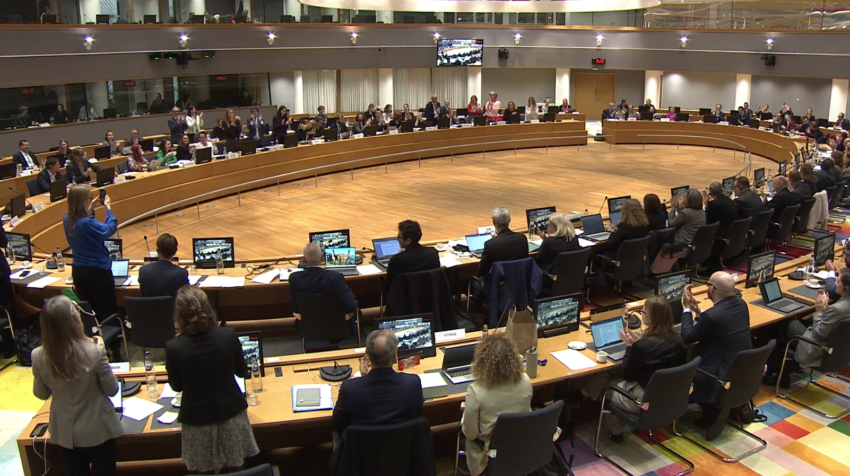#Breakthrough in EU Climate Policy: with the in the November 5 Environment Council meeting agreed #flexibilities, the ambitious climate EU 90% targets for 2040 are achievable, boosting carbon removals, and partly through the use of Article 6 Paris Agreement carbon credits also at lower cost and with global impact.
What are the agreed areas of flexibility:
- “the possibility to use high-quality international carbon credits (Artice 6) to make an ‘adequate contribution’ towards the 2040 target, quantified as up to 5% of 1990 EU net emissions, from 2036 onward
- a pilot period with carbon credits for the period 2031-2035;
- a role for domestic permanent carbon removals (CRCF) under the EU emissions trading system (ETS) to compensate for residual hard-to-abate emissions
- enhanced flexibility within and across sectors and instruments to support the attainment of targets in simple and cost-effective ways, allowing member states to address shortfalls in one sector without compromising overall progress”.
The Council also introduces a biennial assessment to track progress towards intermediate targets based on the latest scientific evidence, technological advances and the EU’s global competitiveness. If member states then need additional carbon credits they can use the:“flexibility for Member States to use high-quality international credits to fulfil up to 5% of their post-2030 targets and efforts”, likely to contribute to their ESR/LULUCF targets.
Commissioner Wopke Hoekstra:”We have agreed to a legally binding headline 2040 target of 90% with a domestic target of 85% and up to 5% of international carbon credits”
If the EU and its member states finance the 5% credits in an #organised, #bilateral way, via Art 6.2 arrangements and put the transferred ITMOs a reserve, as resource for future input for the MSR later, the EU can best control the quality of the credits, and the price of ITMOs.
The future use of Art 6 carbon credits is also already mentioned in the agreed NDC for 2035, the EU brings to CoP30 in Brazil. That includes a target within the range between 66.25 and 72.5% in GHG emissions by 2035.
The earliest date for an EP agreement with the text is an EP plenary Nov 13. Otherwise there needs to be negotiations in trialogue to agree on a final text.
